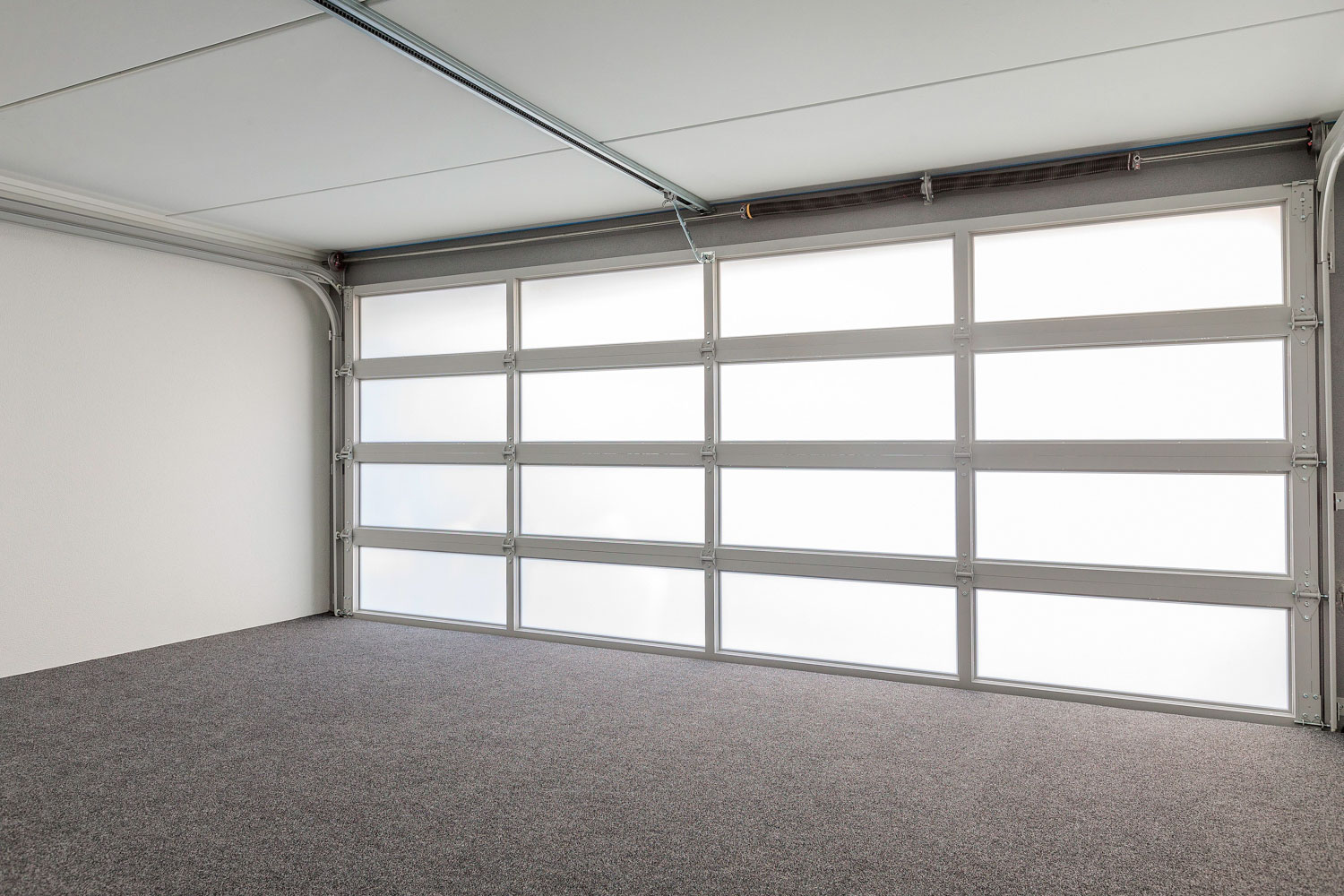
A classic car owner can find joy in two areas of what they do with their machines. First, the process of buying/restoring/owning their dream classic; and two, building/tailoring a garage to suit their taste. So when you have both of those pieces of the puzzle, there is one aspect to form the cherry on top — the perfectly suited garage door choice.
Auckland-based Prestige Doors and Gates has been designing, manufacturing and installing the very best options possible for clients since 1992. However the latest garage door product is something truly special for anyone looking for a garage door to both protect and highlight their vehicles — the plexiglass garage door.
Plexiglass is not only stronger and more durable than glass, it also offers a variety of colour options (including transparent) so you can enjoy viewing your vehicles outside the garage/workshop as well as inside. It also has the additional benefit of allowing in heat and light, but still offering privacy options.
The Prestige team can match your door with its laser-cut aluminium design for your aesthetic preferences, and any full custom design is possible. The aluminium sheet with the plexiglass backing is durable, strong and looks fantastic.

You can also select from any number of options within the Prestige Doors and Gates range, with multiple flushmount, aluminum, steel, and timber configurations available.
For more information, contact Prestige on 09 638 9474, [email protected], or head to prestigedoors.co.nz.




